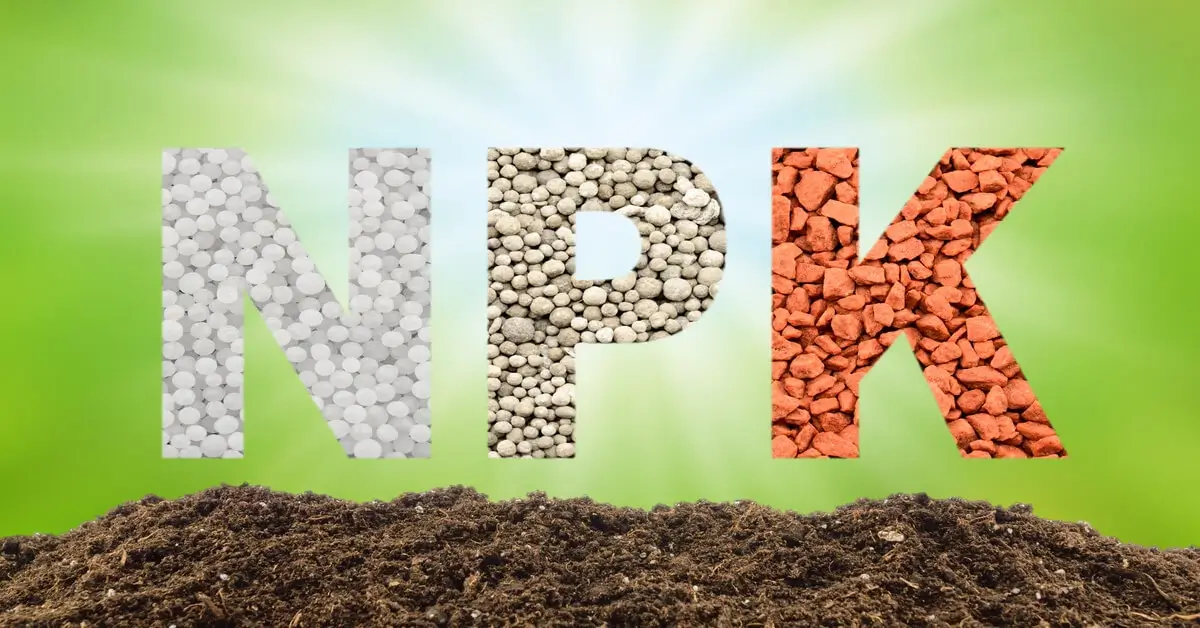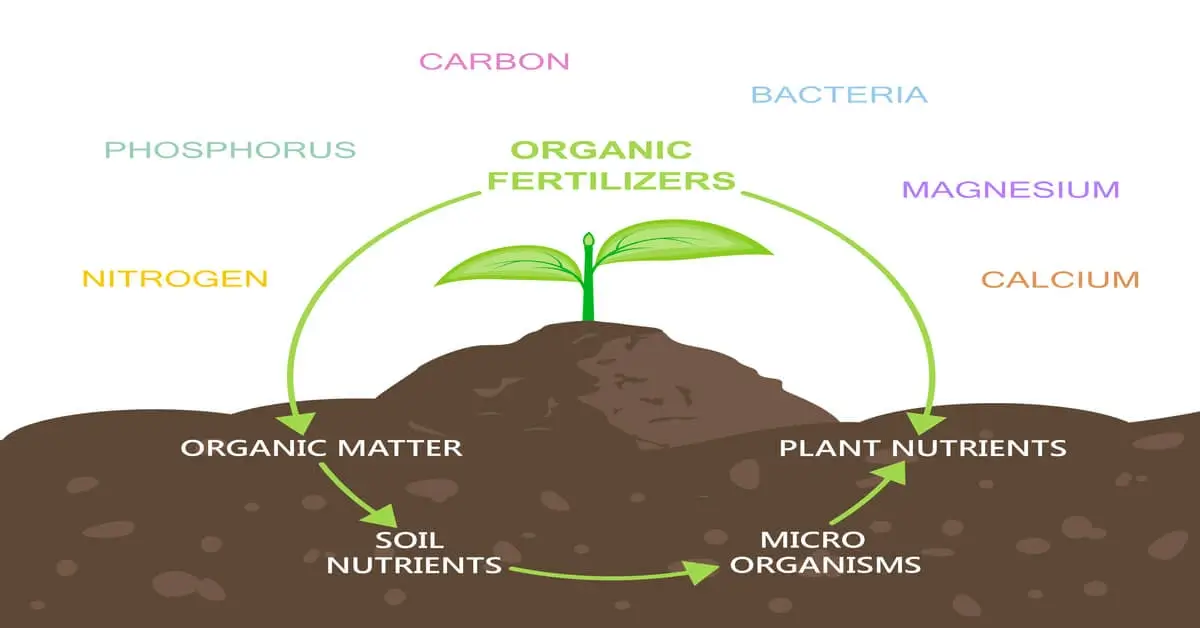The role of essential plant nutrients cannot be overstated in plant growth. For plants to use these nutrients, they must be available in the soil. Understanding plant nutrients forms the basis of ensuring a healthy plant life.
A Breakdown of Essential Nutrients
There are 17 essential nutrients for plants. Classification of these as macronutrients and micronutrients depends on the quantities plants need. All these nutrients are vital for plant growth and health.
Macronutrients: The Building Blocks

Nitrogen (N)
Nitrogen plays a crucial role in plant proteins and chlorophyll molecules, which give plants their green color. Nitrogen deficiency often manifests in older leaves as a yellowing due to the lack of chlorophyll.
Phosphorus (P)
Phosphorus helps plants use and store energy. It is vital in root growth and flowering. A lack of phosphorus may result in stunted growth or dark green color in leaves.
Potassium (K)
Potassium is essential for overall plant vigor. It assists in enzyme activation and is necessary for water regulation. Potassium deficiency may lead to brown scorching and curling of leaf tips.
Secondary Macronutrients
Secondary macronutrients include calcium (Ca), magnesium (Mg), and sulfur (S). These play a vital role similar to the primary macronutrients, though plants need them in smaller amounts.
Calcium strengthens plant cells and helps uptake other nutrients. Magnesium is part of the chlorophyll molecule, thus crucial for photosynthesis. Sulfur aids in the production of specific amino acids and enzymes.
Micronutrients: Small But Mighty
Though required in minute quantities, micronutrients play crucial roles in plant health. They include iron, manganese, zinc, copper, molybdenum, boron, and chlorine.
For example, iron aids chlorophyll synthesis, while manganese assists enzyme activation. Boron is essential for cell growth, and zinc aids in enzyme function.
Soil, Fertilizers, and Nutrient Uptake

Plants get most of their nutrients from the soil. However, certain soil types, like sandy soil, may leach nutrients faster. Soil pH can affect the availability of nutrients. As a result, it is essential to conduct a soil test to understand your soil’s nutrient levels and pH.
Fertilizer helps supplement soil nutrients. It comes in many forms, such as urea or granular fertilizer. When applying fertilizer, ensure it provides the nutrients your plants need in the proper proportions. Too much fertilizer can lead to nutrient imbalances and may even burn plant roots.
Remember, both soil and fertilizers aid in nutrient uptake. The nutrients must be in a form that plants can take up.
Organic Matter and Microorganisms
Organic matter and soil microorganisms also play a significant role in soil fertility. Organic matter helps soil hold nutrients and water. The microorganisms break down organic matter into forms plants can use. This way, they contribute significantly to nutrient availability.
Conclusion
By understanding plant nutrients, we’re better equipped to foster healthy plant growth. It’s crucial to balance all 17 essential nutrients. Remember, a deficiency in one can limit plant growth, even if all others are available in abundance. So, get to know your soil, add necessary nutrients, and watch your plants thrive.


